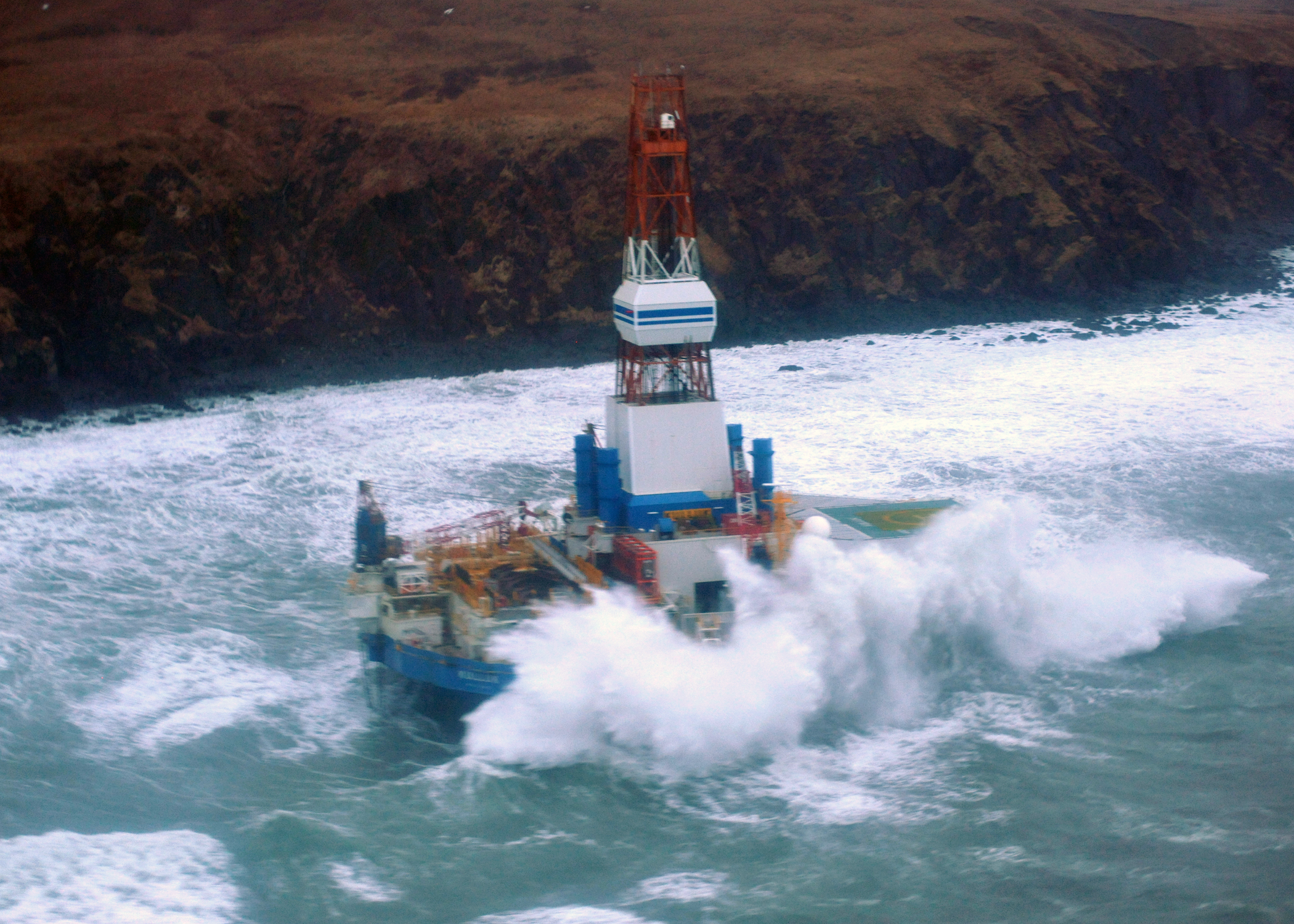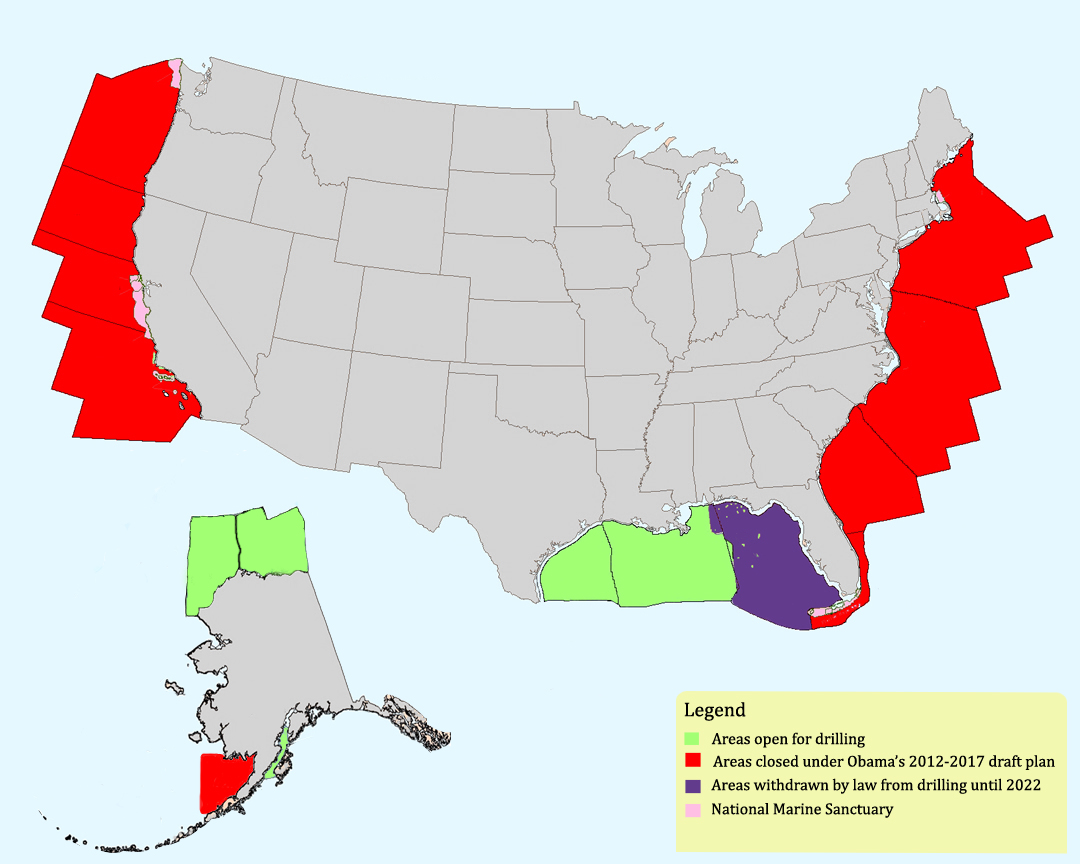- Blog
- Food & Agriculture
- To drill or not to drill? Obama’s offshore drilling dilemma
To drill or not to drill? Obama’s offshore drilling dilemma

Donate Now!
Your contribution will benefit Friends of the Earth.
Stay Informed
Thanks for your interest in Friends of the Earth. You can find information about us and get in touch the following ways:
Take action: Click here to tell President Obama to keep fossil fuels in the ground!
The Obama administration has an environmental identity crisis. On the one hand, it has pledged to reduce domestic greenhouse gas emissions in order to leave future generations a planet that is not polluted and damaged. On the other hand, it has initiated the 2017-2022 planning process for offshore oil and gas exploration and drilling on the nation’s Outer Continental Shelf. Even though President Obama’s Climate Action Plan acknowledges the immediate and far-reaching consequences of climate change on American health, security, and economy, he appears willing to allow further climate disruption, damage to our coastal areas, and threats to marine wildlife, all for fossil fuels that will only profit energy companies and make America less energy secure.
The Outer Continental Shelf Lands Act governs oil and gas leasing and development in federal waters on the Outer Continental Shelf. The act requires the secretary of the Interior to prepare a five-year leasing plan that establishes a schedule of proposed lease sales that best meet the nation’s energy needs, with consideration of the potential economic, social, and environmental impacts associated with leasing activities. The current 2012-2017 five-year plan went into effect on August 27, 2012, and included fifteen potential lease sales in the Western and Central Gulf of Mexico; part of the Eastern Gulf of Mexico; and Chukchi Sea, Beaufort Sea and Cook Inlet off the coast of Alaska. Right now, only a portion of the Eastern Gulf of Mexico is under a moratorium on leasing activities until June 30, 2022.
Offshore reserves already in production provide 18 percent of domestic oil and 5 percent of domestic gas production, with an estimated 90 billion barrels of oil and 400 trillion cubic feet of natural gas yet to be discovered. If proven to exist and ultimately developed, these reserves would release over 60 billion tons of carbon dioxide emissions into the atmosphere. This amount of carbon is on par with the climate impacts of the Keystone XL pipeline, and would undo approximately 1-2 billion tons of carbon dioxide saved by the Environmental Protection Agency’s new power plant and vehicle rules.
The Obama administration should place a moratorium on all new offshore leasing and drilling activities on the Outer Continental Shelf for the following reasons:
- New leases will lead to new fossil fuel production that will increase carbon emissions and exacerbate climate disruption. In order to stabilize the climate at or below 2 degrees Celsius, at least two-thirds of the world’s remaining hydrocarbon reserves must be kept in the ground. Not only will five more years of oil and gas leasing on the Outer Continental Shelf commit the nation to more carbon pollution, it delays the transition to sustainable, low-carbon sources of energy and energy efficiency.
- Exploration for offshore oil and gas involves seismic surveys that blast air guns known to injure and kill marine wildlife. Air gun blasts can reach up to 250 decibels, which can cause death, hearing loss, disturb feeding and breeding patterns, and disrupt communications between marine animals. Unfortunately, the Obama administration recently authorized the use of air guns for oil and gas exploration in the Mid- and South-Atlantic Planning Areas (which span the area between Delaware and Florida), despite the fact that the Bureau of Ocean Energy Management estimated seismic surveying could result in the death of 138,200 marine mammals in these areas by 2020.
- The 2011 National Oil Spill Commission’s recommendations to improve offshore drilling safety have yet to be implemented, and oil and gas companies are not prepared for the risks associated with offshore drilling and do not have adequate oil spill contingency plans to mitigate the impacts of a potential spill. For example, Shell Oil was forced to cancel its 2013 and 2014 Arctic drilling plans when a series of accidents demonstrated a serious lack of preparedness when operating in the Arctic. In January 2014, the Court of Appeals for the Ninth Circuit held that the Department of the Interior failed to adequately analyze the potential environmental effects of oil and gas leases in the Chukchi Sea, where Shell planned to drill.
- Offshore drilling is not economically wise. Not only will it not lower gas prices, it could cost coastal communities millions in the form of damaged beaches, impaired fisheries and reduced tourism. Twenty-five years after the Exxon Valdez oil spill, fisheries have not yet recovered, and oil continues to impact beaches on the Gulf coast from the 2010 BP Deepwater Horizon spill.
New oil and gas leasing on our nation’s Outer Continental Shelf is the wrong direction for our climate, wildlife, economy and coastal communities, and is not at all in line with the responsible stewardship we expect from our president. In order to fulfill the “moral obligation to future generations to leave them a planet that is not polluted and damaged,” President Obama should halt all new oil and gas leases in federal waters. Public comments on the proposed 2017-2022 five year plan are being accepted until July 31, 2014.
Images: Offshore areas blocked for drilling under the 2012-2017 five-year plan.
Shell’s Kulluk drilling barge, which ran aground in the Chuchki Sea in Dec. 2012; Wikimedia Commons

